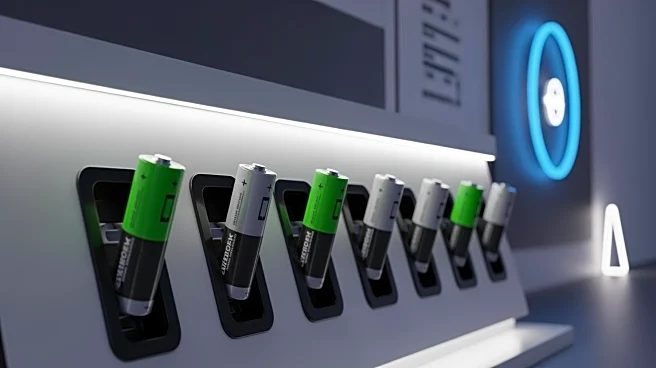What's Happening?
A groundbreaking chip design has been developed, featuring 41 vertical layers of semiconductor and insulator materials. This innovative approach allows the chip to bypass the limitations of Moore's Law,
which has traditionally guided the miniaturization of electronic components. The design, created by researchers at the King Abdullah University of Science and Technology, demonstrates that stacking transistors vertically can enhance computing power without reducing the size of the components. The chip's performance has been tested with 600 copies, showing reliable functionality comparable to traditional chips.
Why It's Important?
This new chip design represents a significant shift in semiconductor technology, potentially leading to more sustainable electronic devices. By stacking components vertically, manufacturers can increase functionality while reducing the carbon footprint associated with traditional chip production methods. This approach could revolutionize the electronics industry, offering more efficient and environmentally friendly solutions for smart devices and wearable technology. The development challenges the conventional understanding of Moore's Law, suggesting new pathways for technological advancement in the semiconductor sector.
What's Next?
The research team plans to address engineering challenges related to heat management, as the chip's current heat limit needs to be increased for practical use outside laboratory settings. Further development could lead to widespread adoption of this technology in consumer electronics, reducing energy consumption and enhancing device capabilities. The potential for vertical growth in chip design opens new possibilities for innovation in the semiconductor industry, with ongoing research likely to explore additional applications and improvements.











